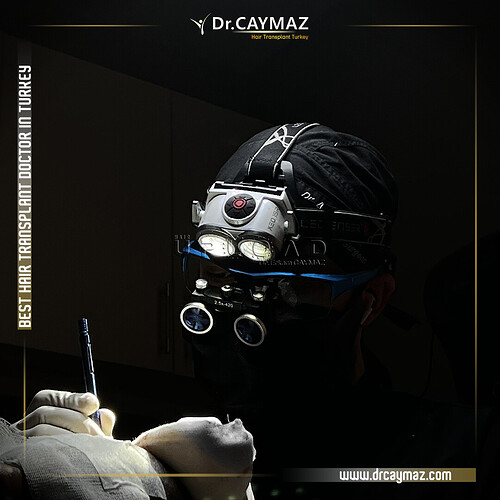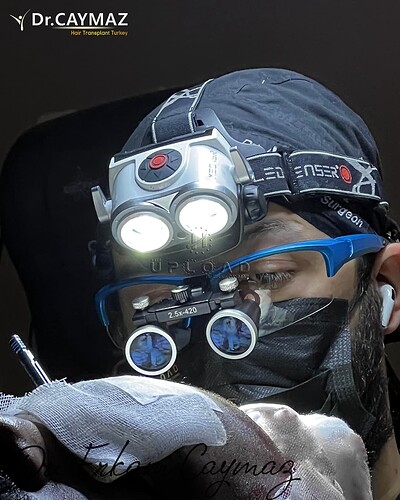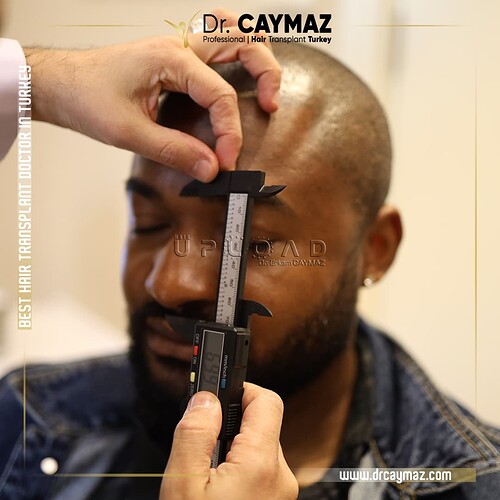The Critical Role of a Skilled Hair Transplant Surgeon and How to Find One
Hair transplantation is a life-changing procedure for millions battling hair loss. However, its success hinges not just on advanced technology but on the expertise of the surgeon. A poorly executed transplant can lead to unnatural results, scarring, or low graft survival, while a skilled surgeon ensures natural aesthetics, minimal complications, and long-term satisfaction. Here’s why the surgeon’s role is paramount and how to identify the right professional.
Why the Surgeon is Crucial for Success
-
Technical Mastery of Graft Handling
Hair transplantation involves extracting hair follicles (grafts) from a donor area and implanting them into recipient sites. Each graft contains 1–4 hairs and must be handled with precision to avoid trauma. Studies show that experienced surgeons achieve 90–95% graft survival rates, compared to 60–70% with novices. Rough extraction or improper storage can damage follicles, leading to failed growth. -
Artistic Design for Natural Results
A hairline isn’t just a line—it’s a three-dimensional, age-appropriate structure. Skilled surgeons combine symmetry, irregularity, and angulation to mimic natural hair growth. Poorly designed hairlines appear “pluggy” or artificial, often requiring corrective surgery. -
Adaptation to Advanced Techniques
Modern methods like Follicular Unit Extraction (FUE), Direct Hair Implantation (DHI), and robotic systems demand nuanced skills. For example, FUE requires extracting grafts individually without leaving visible scars, while DHI involves implanting follicles directly into pre-made incisions. A surgeon’s familiarity with these techniques ensures minimal downtime and optimal results. -
Complication Management
Risks like folliculitis, necrosis, or “shock loss” (temporary shedding) require prompt intervention. Experienced surgeons anticipate these issues, prescribe preventive care, and employ sterile protocols to reduce infection risks.
How to Find a Qualified Hair Transplant Surgeon
-
Verify Credentials and Certifications
- Look for board certification in dermatology or plastic surgery from recognized bodies (e.g., American Board of Hair Restoration Surgery).
- Membership in organizations like the International Society of Hair Restoration Surgery (ISHRS) signals adherence to ethical standards.
- Membership in organizations like the FUE Europe or World Fue Institute (WFI) signals adherence to ethical standards.
-
Assess Experience and Portfolio
- Ask how many procedures the surgeon performs annually (500+ indicates proficiency).
- Review before-and-after photos of patients with similar hair loss patterns. Pay attention to hairlines, density, and scarring.
-
Evaluate Technology and Techniques
- Top clinics use micro-motor FUE tools, sapphire blades, or robotic systems (e.g., ARTAS®) for precision.
- Inquire about adjunct therapies like Platelet-Rich Plasma (PRP) to enhance graft survival.
-
Read Patient Reviews and Testimonials
- Platforms like RealSelf or Google Reviews reveal insights into post-op care, results, and patient satisfaction.
- Be wary of clinics with overly positive reviews or no verifiable before/after evidence.
-
Schedule a Consultation
- A reputable surgeon will analyze your donor hair density, scalp laxity, and goals to recommend a personalized plan.
- Avoid clinics that push aggressive packages without assessing candidacy.
Red Flags to Avoid
- Unrealistic Promises: No ethical surgeon guarantees 100% density or zero scarring.
- Lack of Transparency: Refusal to share credentials, photos, or patient references.
- Bargain Pricing: High-quality transplants require time and resources. Excessively low costs often indicate compromised safety or inexperienced staff.
Conclusion
Choosing a hair transplant surgeon is a decision that impacts your appearance and confidence for decades. Prioritize skill over cost, and invest time in researching credentials, experience, and patient feedback. Remember: a successful transplant isn’t just about regrowing hair—it’s about restoring a natural, undetectable look that aligns with your identity.
By partnering with a qualified surgeon, you transform the science of hair restoration into an art form, ensuring results that are as enduring as they are authentic.
Ultimately, as a hair transplant surgeon, my goal is to ensure that you receive the best possible hair transplant outcomes, even in these challenging times. If you have any questions or need more information, don’t hesitate to contact us via Whatsapp or Email.
We’re here to help you navigate your hair restoration journey with confidence.


